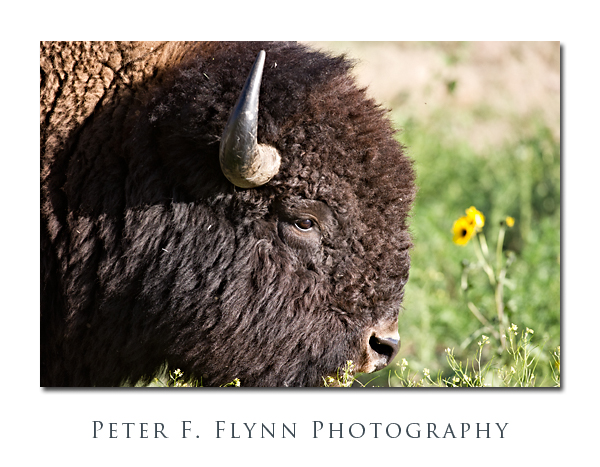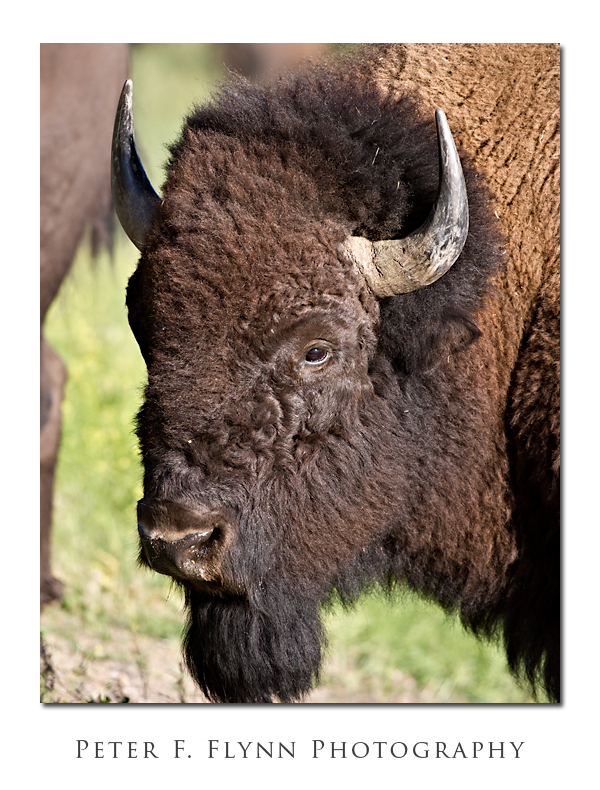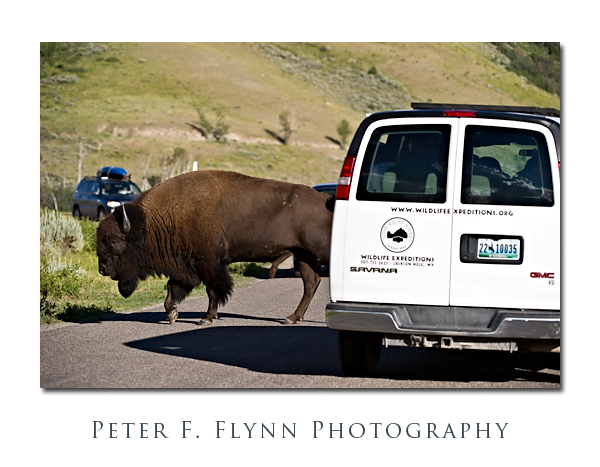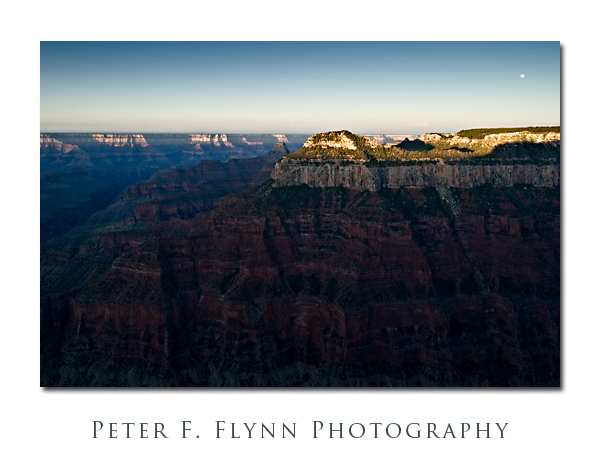 Grand Canyon, North Rim, AZ. As you can see from the image above, it’s just another lovely day in the neighborhood. From the Grand Lodge, the walk down to Bright Angel Point is only 0.5 mile on a paved path. For the photographer, the challenge is to arrive at the point before the civilians arrive. Spots like Bright Angel have a mystical/religious significance for many, and these folks naturally want to stand exactly where you want to set up your kit. Calculate the time of the sunrise, back the alarm 1.5 hrs, and you are (probably) set.
Grand Canyon, North Rim, AZ. As you can see from the image above, it’s just another lovely day in the neighborhood. From the Grand Lodge, the walk down to Bright Angel Point is only 0.5 mile on a paved path. For the photographer, the challenge is to arrive at the point before the civilians arrive. Spots like Bright Angel have a mystical/religious significance for many, and these folks naturally want to stand exactly where you want to set up your kit. Calculate the time of the sunrise, back the alarm 1.5 hrs, and you are (probably) set.
Warning, even spouses as tolerant as the HP will challenge your sanity at this stratagem. My advice is to suggest that since it is only a brief stroll, that you can go it solo. Chances are that by the time you are headed for the door, said spouse will be putting on a jacket, grimly determined to keep their nutty spouse from walking sleepily off the point in search of that perfect capture.
When should you visit the north rim? This is a question I am often asked. The easy answer is, ‘When we’re not there’. Sorry. The real answer is that the monsoons in southern UT and northern AZ are a real thing, and if you can manage your schedule to dodge them – avoid the last week of July and the first two weeks of August – you are likely to have a more pleasant visit. Also, remember that the lodge is only open between May 15 and October 15. Be aware however, that those first and last few weeks are likely to be pretty chilly.
The images for this entry were recorded on August 25, 2010, using the Nikon D3s and the AF-S NIKKOR 24-70mm f/2.8G ED lens.
Copyright 2010 Peter F. Flynn. No usage permitted without prior written consent. All rights reserved.

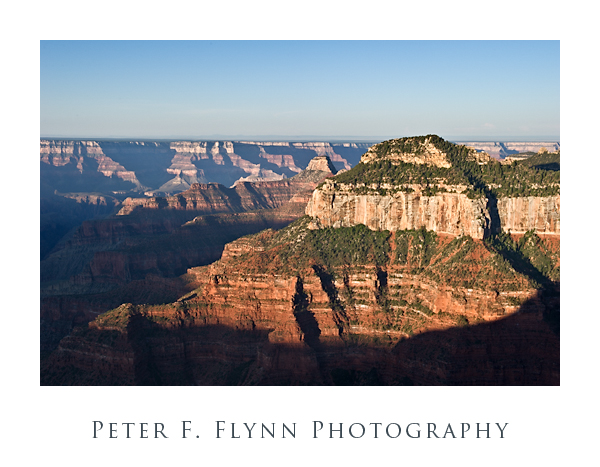
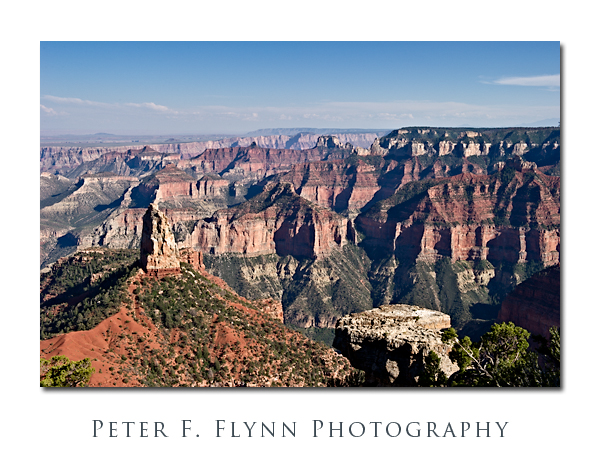 Grand Canyon North Rim
Grand Canyon North Rim